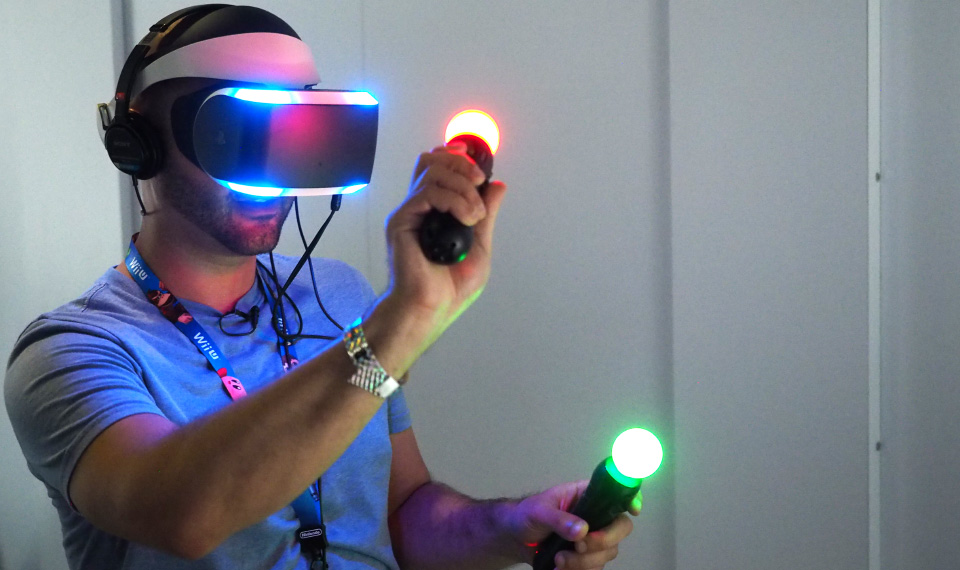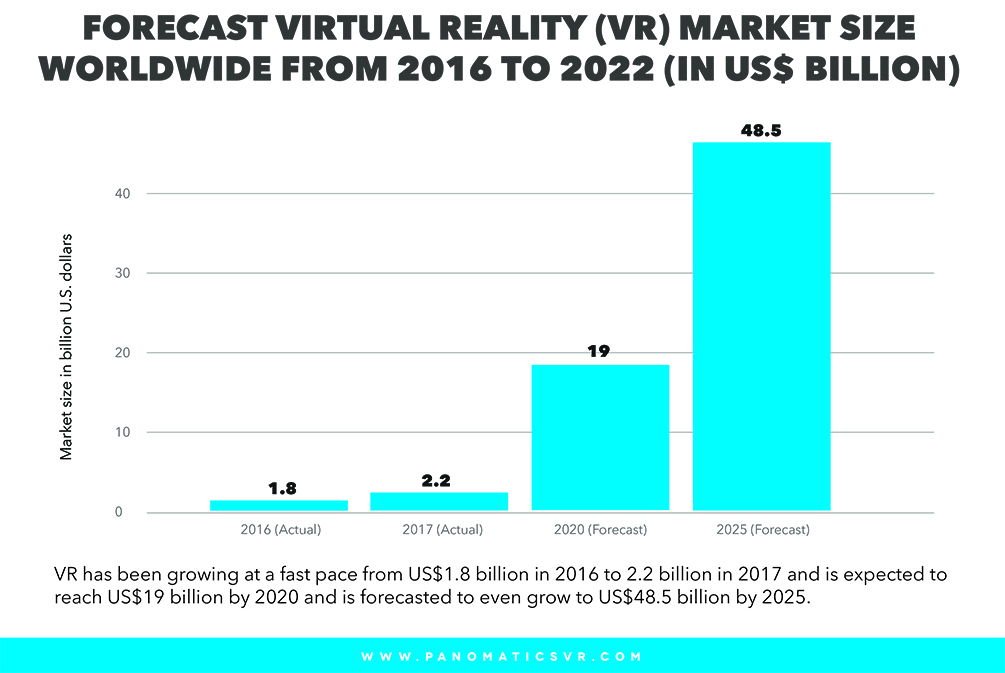July 30, 2019
HOW VIRTUAL REALITY WILL TRANSFORM THE TRAVEL INDUSTRY
What is VR all about?
Virtual Reality (VR) is the term used to describe a three-dimensional generated environment which can be explored and interacted with by a person. That person becomes part of this virtual world or is immersed within this environment and whilst there, is able to manipulate objects or perform a series of actions.

Types of VR and how you can experience them
-
Computer-generated content (CGI): CGI can be generated based on fiction, or a rebuild on a real environment; CGI is mostly being used in the gaming industry.
-
360 images based on real photography: a simulation of an existing location, usually composed of a sequence of still images. It may also use other multimedia elements such as sound effects, music, narration, and text.
-
Interactive 360 videos: also known as immersive videos or spherical videos are video recordings where a view in every direction is recorded at the same time, shot using an omnidirectional camera or a collection of cameras.
-
Scanning camera devices: a three-dimensional camera system to create semi-realistic experiences.
How to view VR content & where it is being used
- View: Computer/ tablet many users still view 360 VR content in a more traditional way, mobile phone, VR glasses, and wearables
- Application: VR has been a massive success in recent years with more VR content being made available, and VR headsets becoming a mainstream consumer product. The biggest sector using VR as a marketing tool in the gaming industry, being followed by the travel industry.
VR being used in the Travel Industry
Clients in the travel industry are looking to gain experience. This in the past has been done through reading descriptions, view images, look at videos, read customer reviews or seek opinions on social media.
Where we normally say an image is like 1000 words and in VR it tells the whole story.
It gives users the ability to experience what they may expect. This tool can dramatically enhance customer confidence and therefore increase the decision to make the booking. With Virtual Reality, people are now able to see and visit these destinations before they go.
-
In 2017 the VR industry made its biggest leap forward with the introduction of new affordable VR headsets
-
Mediums such as Facebook, Youtube, started to allow 360 content on their platforms
-
Now the most smartphone can create 360 content
-
VR headsets are very cheap these days, GoPro and Samsung have introduced 360 cameras which are very affordable.
The VR industry is growing at a fast pace from 2.2 billion U.S. dollars in 2017 to more than 19 billion U.S. dollars by 2020.

How VR content is used and transforms into the future
Anantara has been working with Panomatics for over 2 years and has completed works on the majority of Anantara properties. As a result of the effect of the VR tours, Anantara decided to redesign the corporate site to better display the VR content.
The way Anantara is using its visual content is:
Website: A thumbnail has been embedded on the home page so users can directly interact with the virtual reality.
https://www.anantara.com/en/jabal-akhdar/
Offline: Anantara used the content on trade shows and sales call on their tablets and mobile phones. This has a great effect on its clients as they can show their resellers their product which enhances confidence and increases sales.
Sharing: This is the biggest trend in the future as more travel agents and portals are expecting 360 VR content. At Anantara, we make sure we give copies to all of our travel agents so they can show this to their clients.
Distribution of Visual Content
As more individual 360 VR content providers and marketplaces are available it will become increasingly important to be able to transform the content into multiple platforms.
Google Street View: Is a major platform for 360 VR content. We think it's great but lacks a bit the quality and interactivity.
Facebook ad Instagram: This is a great tool to post individual 360 VR images. The effect and engagement of users is great. Though this tool is a bit more short-lived.
360 VR portals: There is a number of hospitality portals coming up at the moment.
Finally, even if you booked your trip and already returned from your selected destination, travel agencies have begun to whisper about the possibility of selling you the experience you had, as unique as you lived it, in case you want to go back and re-watch it again.
We have built on of those place: www.indonesiain360.com